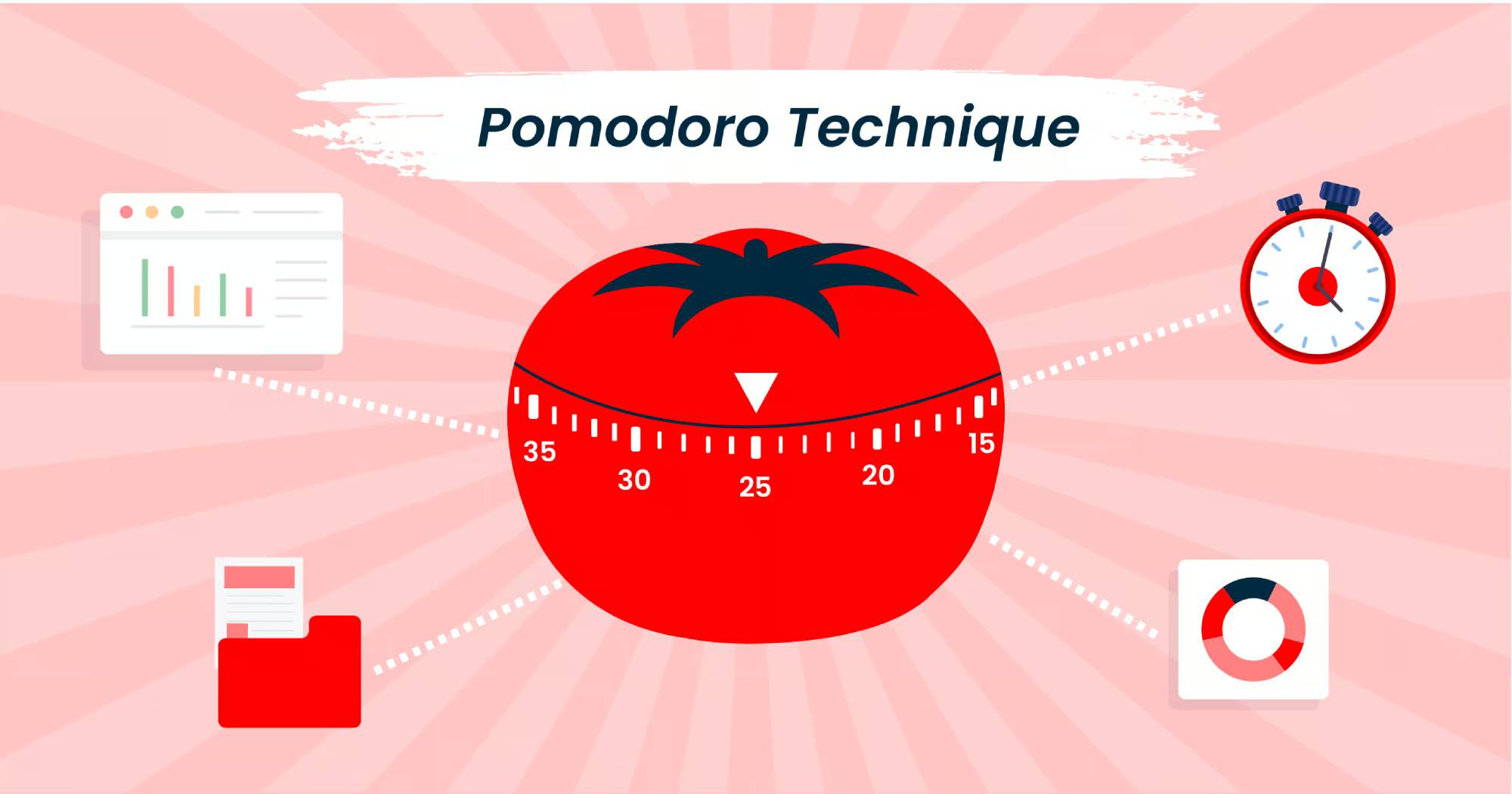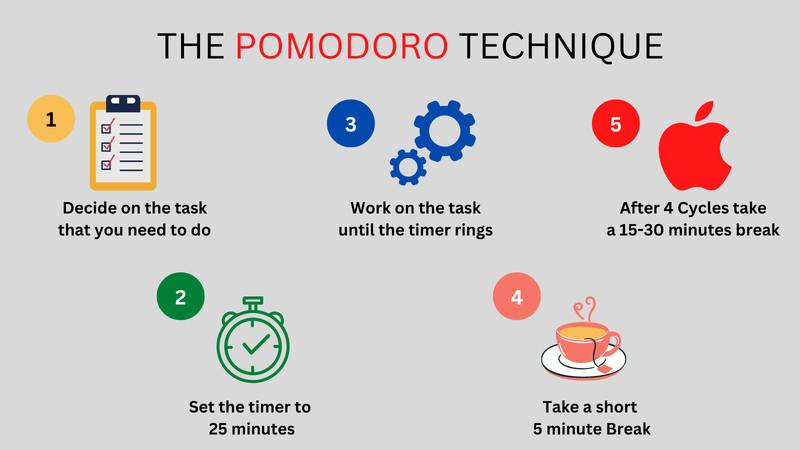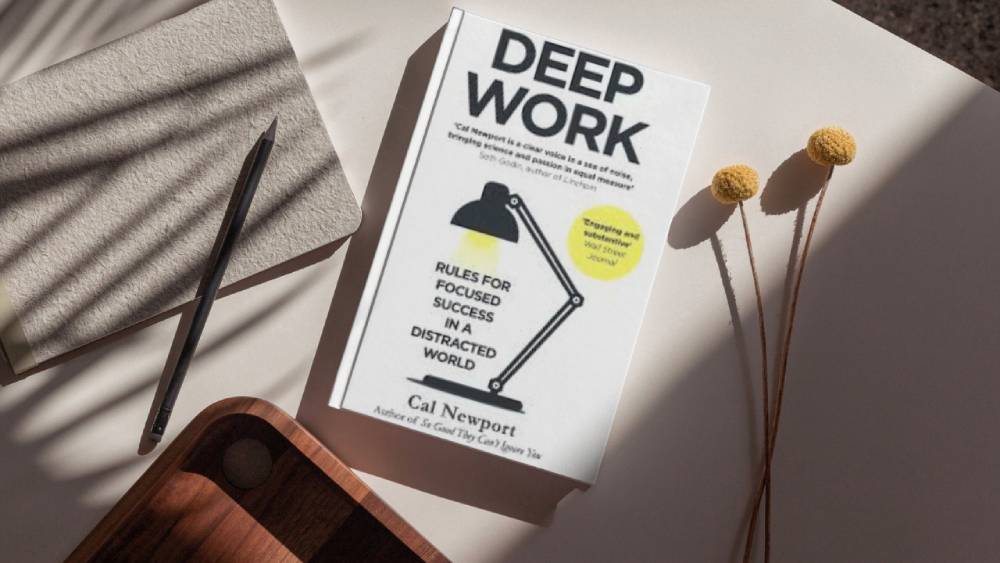
The Pomodoro Technique vs. Deep Work: Which is Better for Learning?
In today’s busy world, distractions are everywhere, and attention spans are short. Self-learners look for ways to boost their productivity and improve their learning. Two popular methods in this area are the Pomodoro Technique and Deep Work. Both methods have distinct advantages. They focus on different parts of learning and productivity. But which one is truly better for learning? This blog explores each method’s details. It compares their strengths, weaknesses, and how well they fit self-education.
Self-learners can use these strategies to match their learning styles. This can lead to better and more efficient education. Whether you work in short bursts or long sessions, using these methods can improve your productivity and help you meet your learning goals.
Understanding the Pomodoro Technique

What is the Pomodoro Technique?
The Pomodoro Technique was created by Francesco Cirillo in the late 1980s. It’s a time management method. It promotes working in short, focused bursts and taking quick breaks afterwards. The word “Pomodoro” comes from the Italian word for “tomato.” It was inspired by the tomato-shaped timer that Cirillo used in university.
How Does It Work?
The Pomodoro Technique breaks work into 25-minute intervals. These are followed by short 5-minute breaks. After completing four “Pomodoros,” a longer break of 15-30 minutes is taken. This cyclical method helps boost focus and stop burnout. It’s especially good for tasks that need long-term concentration.
Benefits of the Pomodoro Method for Study
- Enhanced Focus: Short, timed intervals help maintain concentration without feeling overwhelmed.
- Time Awareness: Learners get a clearer idea of how long tasks take. This helps them manage their time better.
- Reduced Procrastination: Knowing that a break is imminent makes starting tasks less daunting.
- Increased Motivation: Completing Pomodoros creates a sense of accomplishment, boosting productivity.
Exploring Deep Work

What is Deep Work?
Deep Work is a concept from Cal Newport’s book, “Deep Work: Rules for Focused Success in a Distracted World.” It means being able to focus fully on a challenging task without distractions. This intense focus helps people create great work and make real progress in learning.
How Does It Work?
Deep Work involves setting aside uninterrupted time blocks dedicated to focused, distraction-free work. Deep Work differs from the Pomodoro Technique. While Pomodoro suggests taking frequent breaks, Deep Work promotes longer stretches of focused work, lasting several hours.
Benefits of Deep Work Strategies for Learning
- Increased Cognitive Capacity: Deep Work enhances the brain’s ability to process complex information.
- Improved Retention: Extended focus improves comprehension and long-term memory.
- Higher Quality Output: The absence of distractions results in more thorough and thoughtful work.
- Skill Development: Regular Deep Work strengthens problem-solving and analytical thinking skills.
Comparing the Pomodoro Technique and Deep Work
1. Applicability to Different Learning Styles
Both methods cater to different learning preferences.
- The Pomodoro Technique works well for learners who need regular breaks and find it hard to focus for long stretches. It is particularly effective for routine tasks or subjects that require moderate focus.
- Deep Work is great for learners who like to dive into complex topics for long periods. To master tough concepts or finish detailed projects, focus without interruptions.
2. Flexibility and Adaptability
The Pomodoro Technique offers greater flexibility. Learners can change the intervals and breaks based on their energy and how hard the task is. Its structure fits well into daily routines, so it’s easy for busy people to use.
Deep Work demands more commitment. It requires dedicated time blocks and an environment free from distractions. It offers many benefits, but using it regularly can be tough, especially for learners with busy schedules.
3. Potential Drawbacks
Each method has potential limitations:
- The Pomodoro Technique might not work well for tasks needing deep focus. Frequent breaks can interrupt the flow.
- Deep Work is very effective, but it can cause mental fatigue if you don’t take enough breaks. It also requires a high level of discipline, which may be difficult for some learners to maintain.
Additional Expert Tips & Common Mistakes to Avoid
Best Practices for Implementing the Pomodoro Technique
- Customise Intervals: Change the Pomodoro times to fit your focus and the difficulty of the task.
- Prioritise Tasks: Use Pomodoros for smaller tasks or those that need regular breaks.
- Minimise Distractions: Create a distraction-free environment to maximise each Pomodoro session.
Best Practices for Engaging in Deep Work
- Schedule Deep Work Sessions: Set aside specific times in your calendar. Treat these slots as essential and non-negotiable.
- Eliminate Distractions: Turn off notifications, close unnecessary tabs, and create a distraction-free zone.
- Set Clear Objectives: Define clear goals for each Deep Work session. This helps you stay focused and track your progress.
Common Mistakes to Avoid
- Over-scheduling Pomodoros: Scheduling too many Pomodoros can lead to burnout. Aim for a realistic workload.
- Neglecting Breaks in Deep Work: Deep Work helps you focus, but taking regular breaks is important to avoid mental fatigue.
- Inflexible Routines: Be willing to adjust your methods based on your productivity patterns and learning needs.
Advanced Insights & Expert Recommendations
1. Integrating Both Methods for Optimal Learning
For self-learners who want to boost productivity, using both methods can provide the best results.
- Try the Pomodoro Technique for routine or admin tasks. It helps when you need moderate focus and want regular breaks.
- Save Deep Work sessions for tough topics that need focus and critical thinking.
- This hybrid approach helps you balance flexibility and immersion. It boosts your productivity and learning effectiveness.
2. Tailoring Strategies to Individual Needs
Ultimately, the effectiveness of these techniques depends on your personal preferences. Try both methods to see which one fits your learning style best. Customise the techniques to align with your goals, energy levels, and study habits.
Pomodoro vs. Deep Work: Which Strategy Supercharges Your Learning?
The Pomodoro Technique and Deep Work provide useful frameworks for self-learners who want to improve their study habits. Pomodoro helps with time management and motivation by using structured intervals. Deep Work encourages strong focus and skill mastery by promoting uninterrupted work.
The best approach depends on your learning style, task complexity, and goals. For surface-level or routine tasks, Pomodoros may be more effective. For complex subjects or creative projects, Deep Work is usually the best option.
Ultimately, the most effective learning strategy may involve integrating both methods. Using Pomodoros for short, focused sessions and saving Deep Work for deeper study helps you create a balanced and productive learning routine.
As you start your learning journey, stay open to trying out these techniques. Seek the balance that strengthens your focus, raises your productivity, and backs your long-term educational goals.